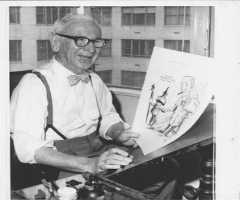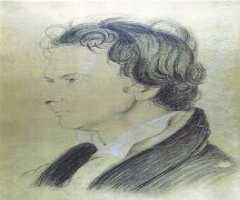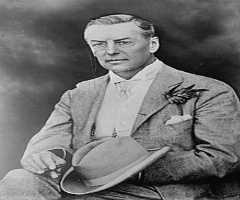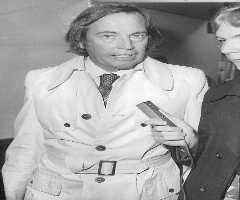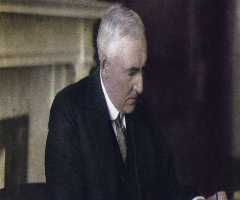
Also Known For : Painter, Writer
Birth Place : Smithfield, London, United Kingdom
Died On : October 26, 1764
Zodiac Sign : Scorpio
William Hogarth Biography, Life, Interesting Facts
Childhood and Early Life
English artist William Hogarth was born near Smithfield Market in London, England on the 10 November 1697 to Anne Gibbons and Richard Hogarth. Hogarth Sr. was a classically trained Latin teacher. After opening an unsuccessful coffee-house, Hogarth Sr. ran into financial difficulties, and his debts meant that the family had to live within Fleet Prison, a debtor’s prison (1708-1712). Hogarth Sr. died in 1718.
Education
In 1714, William Hogarth was apprenticed to a silver engraver, Ellis Gamble and by 1720, began working independently as a print engraver from his home.
Rise to Fame
William Hogarth met Sir James Thornhill and started attending his art academy. It was around this time that he did illustrations based on Samual Butler’s satirical poem, Hudibras. He went on to produce a series of engravings on scenes from theatre shows and began gaining a reputation in artistic circles in the city (1721-1726).
Career
William Hogarth's first significant success came with A Harlot’s Progress (1731) a series of six scenes about a country girl who arrives in the city of London. He followed this up with A Rake’s Progress (1732-1763), a series of eight scenes telling the story of the son of a wealthy merchant. Due to a delay over copyright, the prints for A Rake’s Progress were published on the 25 June 1735, the day the Engravers Copyright Act was put into law.
Hogarth charged two guineas per set, later cheaper sets, copies by Thomas Bakewell, were sold at just over two shillings. He founded the St Martin’s Lane Academy (1735). In 1937, he painted two large murals for Saint Bartholomew’s Hospital. He painted The Strode Family (1738), an informal group portrait showing a city businessman, William Strode, his wife, relation and tutor drinking tea in a domestic setting. This style of painting helped establish his reputation as a portrait painter in the 1730s.
In 1945 William Hogarth produced Marriage à la Mode, a series of scenes critical of certain aspects of the society. Hogarth travelled to France in 1743 and 1748. On the latter visit, he was accused of spying. The accusation resulted in: O the Roast Beef of Old England - The Gate of Calais (1749). Other work in this period included Heads of Six of Hogarth’s Servants (1750-1755), a group portrait which shows his skill at portraiture and characterisation.
William Hogarth was influenced by Italian and French painting and engraving. His work was known for its satirical style. During his lifetime, prints of his work were mass-produced and sold well, making him an influential artist of the time. He was appointed Serjeant Painter to the Court in 1757. In 1761, at the Society of Artists exhibition, he contributed seven paintings. Hogarth’s anti-war satire The Times caused controversy in some quarters.
The MP John Wilkes was particularly vocal and used his newspaper The North Briton to criticise Hogarth’s work. Hogarth responded by engraving the MP in a horn-like wig. Hogarth’s engravings include Gin Lane and Beer Street (1751). The copperplates for both prints are held at the Metropolitan Museum in New York City. His paintings include the self-portrait, A Painter and his Pug (1745),
Personal Life
William Hogarth married the daughter of the painter Sir James Thornhill, Jane Thornhill (1729) and they initially lived in Thornhill’s home in Covent Garden. In 1731, the couple moved to Golden Head, Leicester Fields and this was to be Hogarth’s home until his death. The couple had no children. Hogarth fell ill in the early 1760s and died on the 26 October 1764. The country home he purchased in Chiswick, England in 1749 is now a museum, Hogarth’s House.
More Cartoonists
More People From London
More People From United Kingdom
-
![Edmond Halley]()
Edmond Halley
-
![Sophia Grace Brownlee]()
Sophia Grace Brownlee
-
![John Witherspoon]()
John Witherspoon
-
![William Hazlitt]()
William Hazlitt
-
![Austen Chamberlain]()
Austen Chamberlain
-
![Stephen Hawking]()
Stephen Hawking



